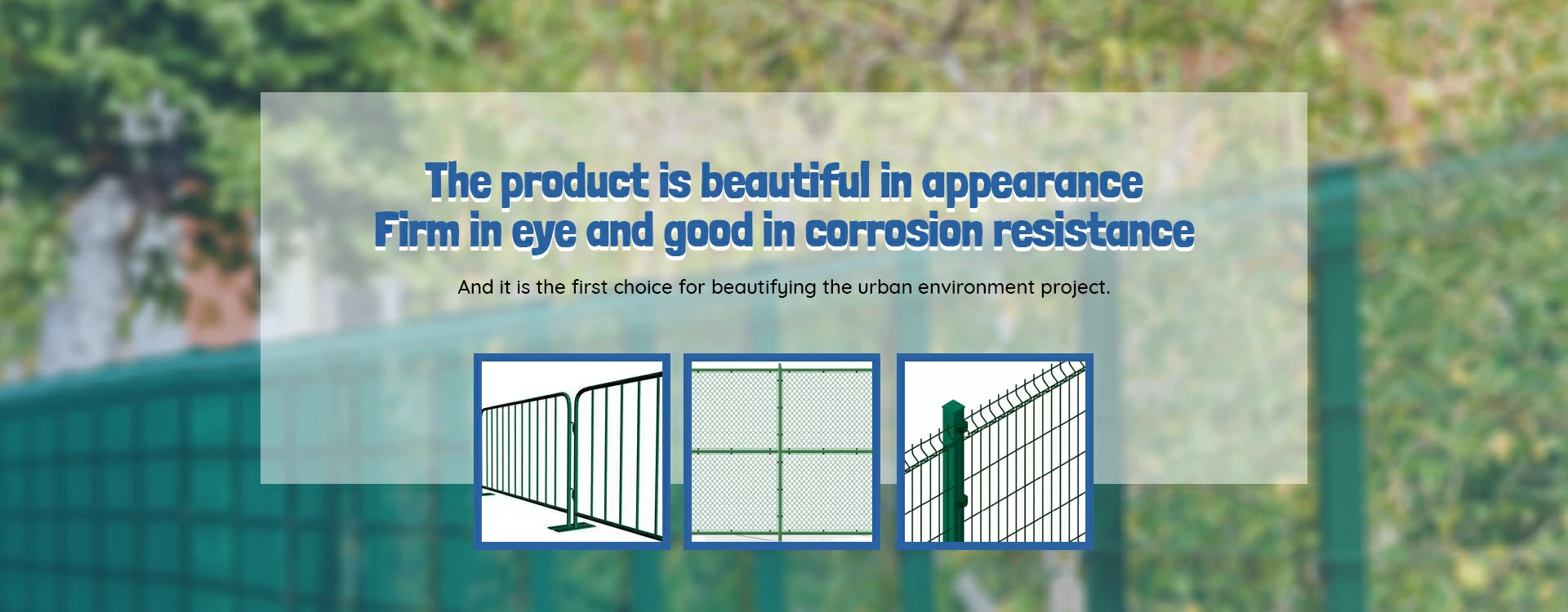 TEL:
+86-13102802206
TEL:
+86-13102802206
 Email:
fencenetting@china.com
Email:
fencenetting@china.com
 Language
Language
 TEL:
+86-13102802206
TEL:
+86-13102802206
 Email:
fencenetting@china.com
Email:
fencenetting@china.com
 Language
Language


Grounding Temporary Electric Fences A Comprehensive Guide
Temporary electric fences serve as vital tools in various agricultural practices, pest control, and even crowd management. These fences are designed to be flexible and easy to set up, making them ideal for farmers and property managers who need to create a boundary quickly. However, proper grounding is crucial to ensure the effectiveness and safety of an electric fence. In this article, we will explore the importance of grounding temporary electric fences, the proper techniques for doing so, and considerations for maintaining an efficient system.
Understanding Grounding
Grounding is the process of providing a direct physical connection between the electric fence system and the earth. This connection helps to ensure that any stray voltage is dissipated safely into the ground, preventing potential hazards and increasing the efficiency of the fence. A well-grounded system allows the electric current to return through the earth, ensuring that the fence maintains its voltage and deters animals or intruders effectively.
Importance of Grounding
1. Safety Proper grounding minimizes the risk of electric shock to humans and animals. A poorly grounded fence can lead to inconsistent voltage levels, which might result in shocking experiences that could be dangerous or stressful for animals, especially livestock.
2. Efficiency An electric fence needs adequate grounding to function properly. If the system is not grounded effectively, the voltage may drop significantly, resulting in decreased deterrent capabilities. This inefficiency can lead to unwanted trespassing or even livestock escaping.
3. Longevity Regularly grounded fences are less susceptible to damage from electrical surges. Grounding can protect the system's energizers from being impacted by lightning strikes or other electrical anomalies, thus increasing the longevity of the equipment.
Techniques for Grounding Temporary Electric Fences

To ensure an effective grounding system for a temporary electric fence, follow these guidelines
1. Select Ground Rods Use steel or copper ground rods that are at least 4 to 6 feet long. The type of metal and length help maximize the contact surface area with the earth, which improves grounding effectiveness.
2. Placement Ground rods should be placed at least 10 feet away from the energizer and buried vertically into the ground. This distance helps to minimize interference from any stray voltage.
3. Multi-Rod System For a more robust grounding solution, consider installing multiple ground rods. Using several rods that are connected with wire can significantly enhance conductivity and voltage stability. Arrange the rods in a line, spaced 10-12 feet apart.
4. Check Soil Conditions The soil's moisture level significantly impacts grounding effectiveness. In dry or rocky soil, grounding may be insufficient. It is often recommended to wet the soil around the ground rods to enhance conductivity.
5. Periodic Checks Regularly check the grounding system. Ensure that no corrosion has occurred and that all connections remain tight and secure. Replace any damaged or worn components promptly.
Conclusion
Grounding a temporary electric fence is not just a technical requirement; it is a fundamental aspect of its safety, efficiency, and longevity. Whether you are managing livestock, marking property lines, or controlling wildlife, ensuring that your electric fence is properly grounded will greatly enhance its performance. By following the outlined techniques for effective grounding and conducting periodic checks, you can maintain a safe and efficient fence that meets your needs. Investing time and resources into proper grounding will not only protect your livestock and property but will also grant you peace of mind in your fencing endeavors.